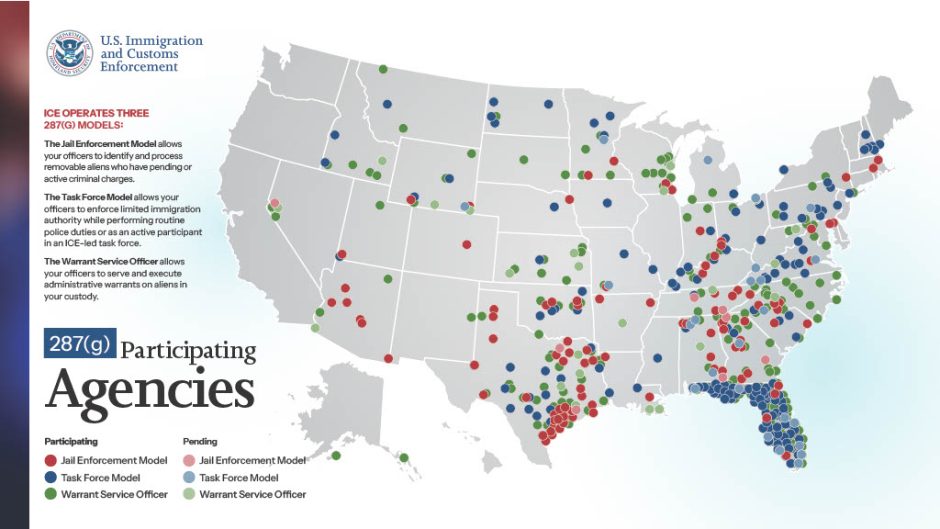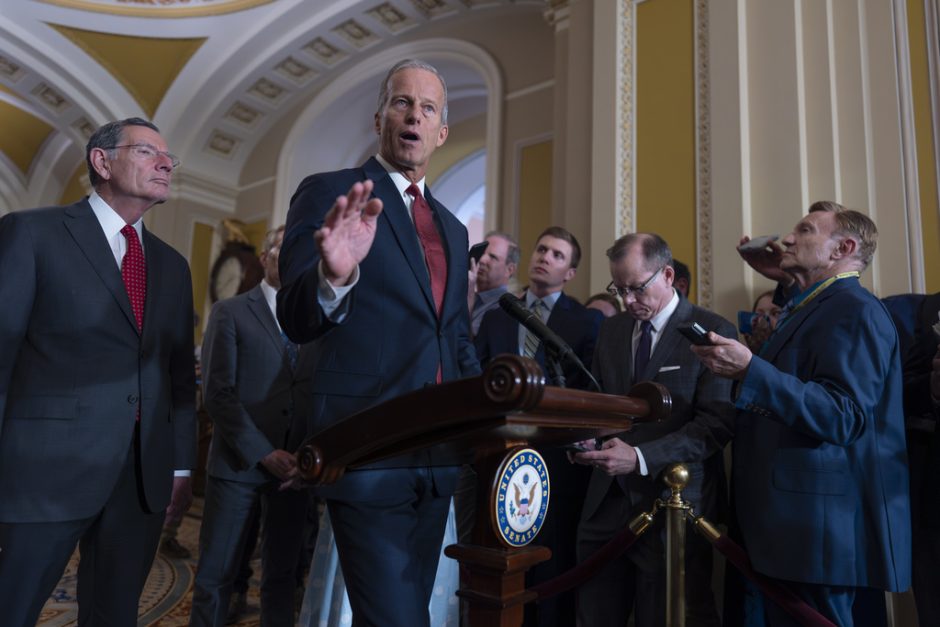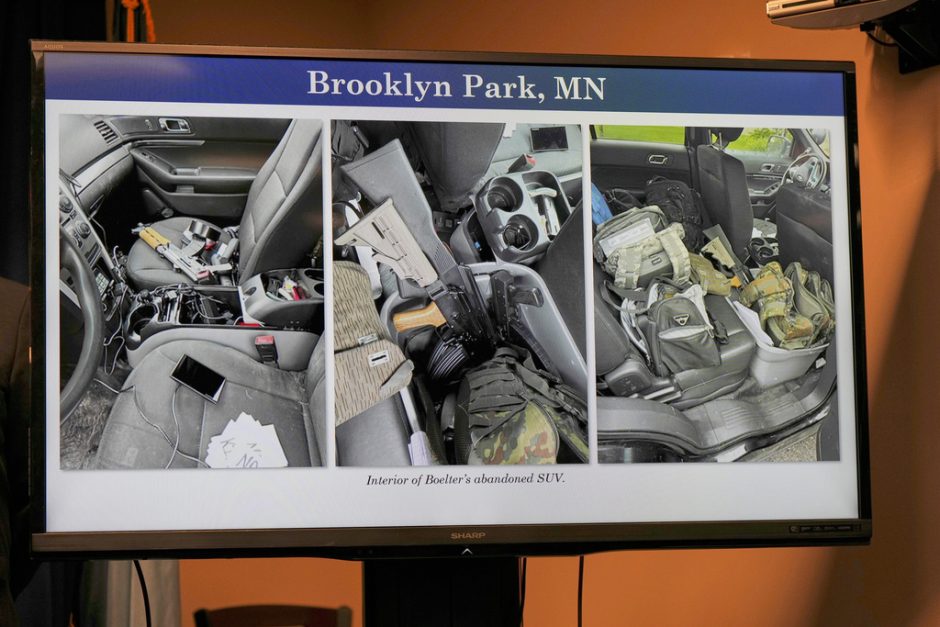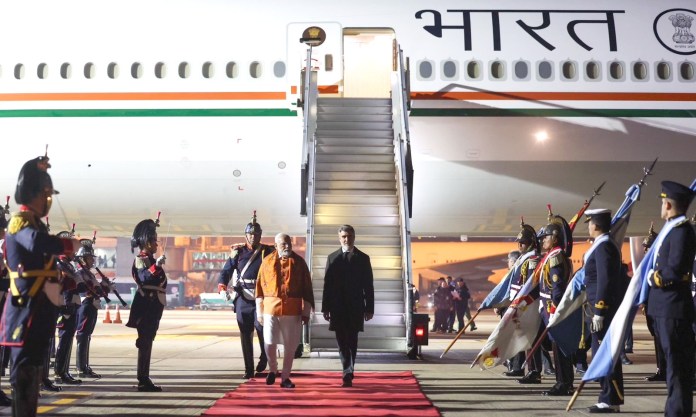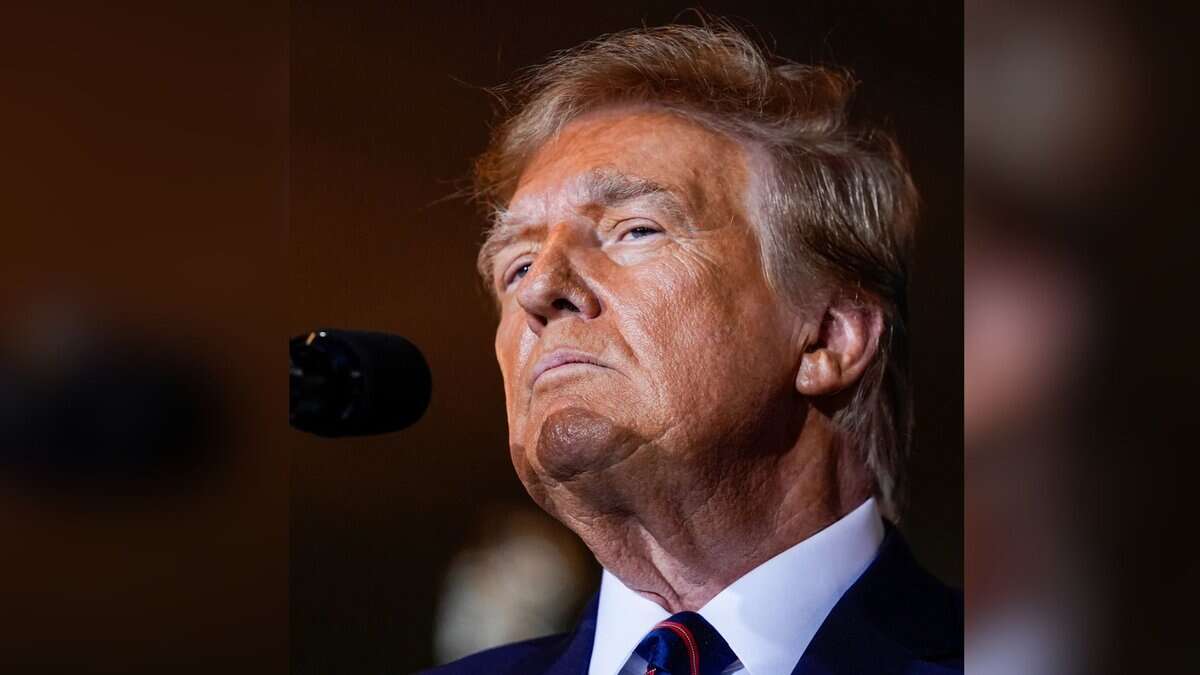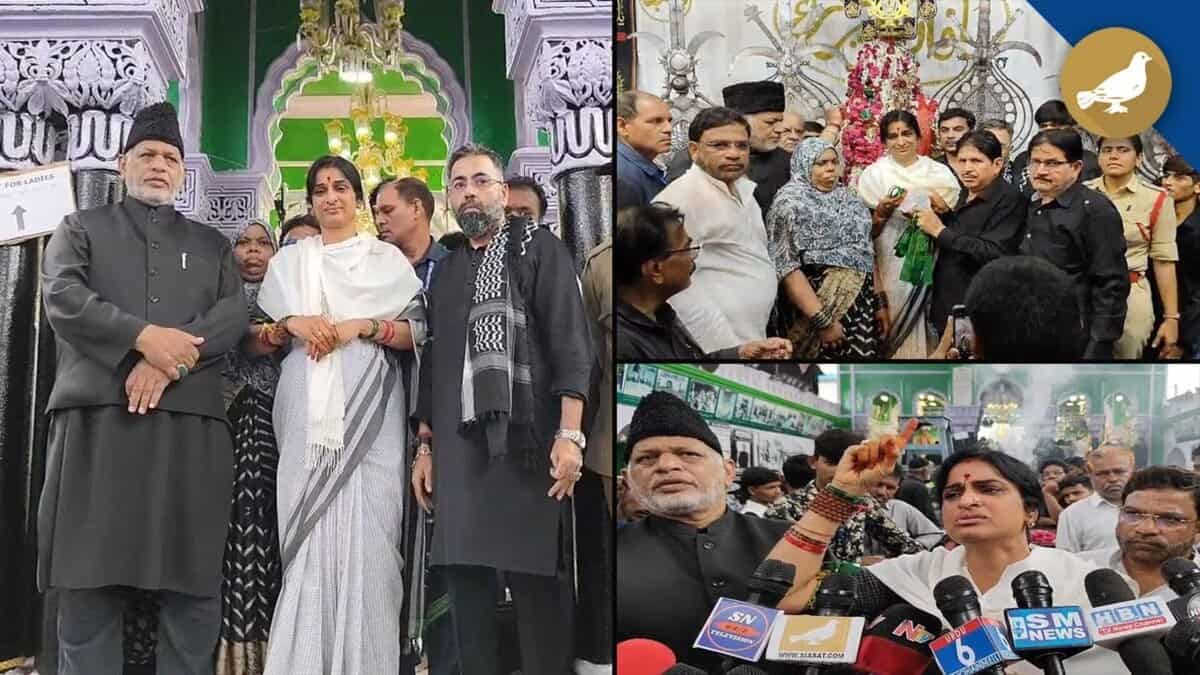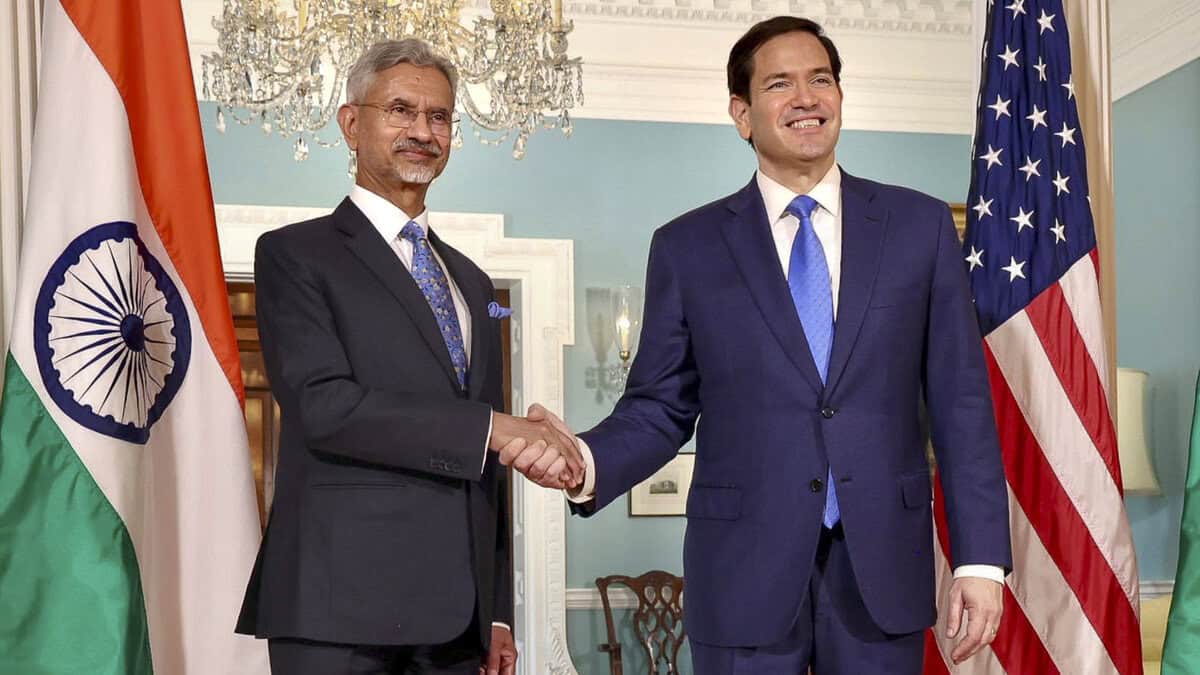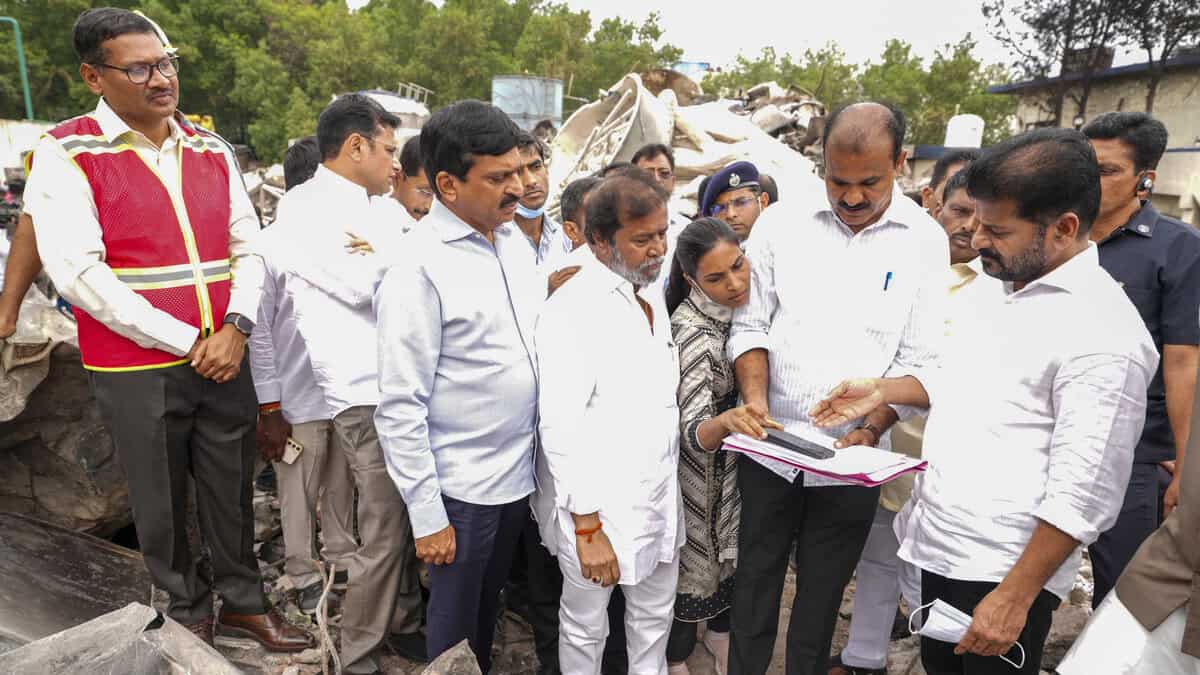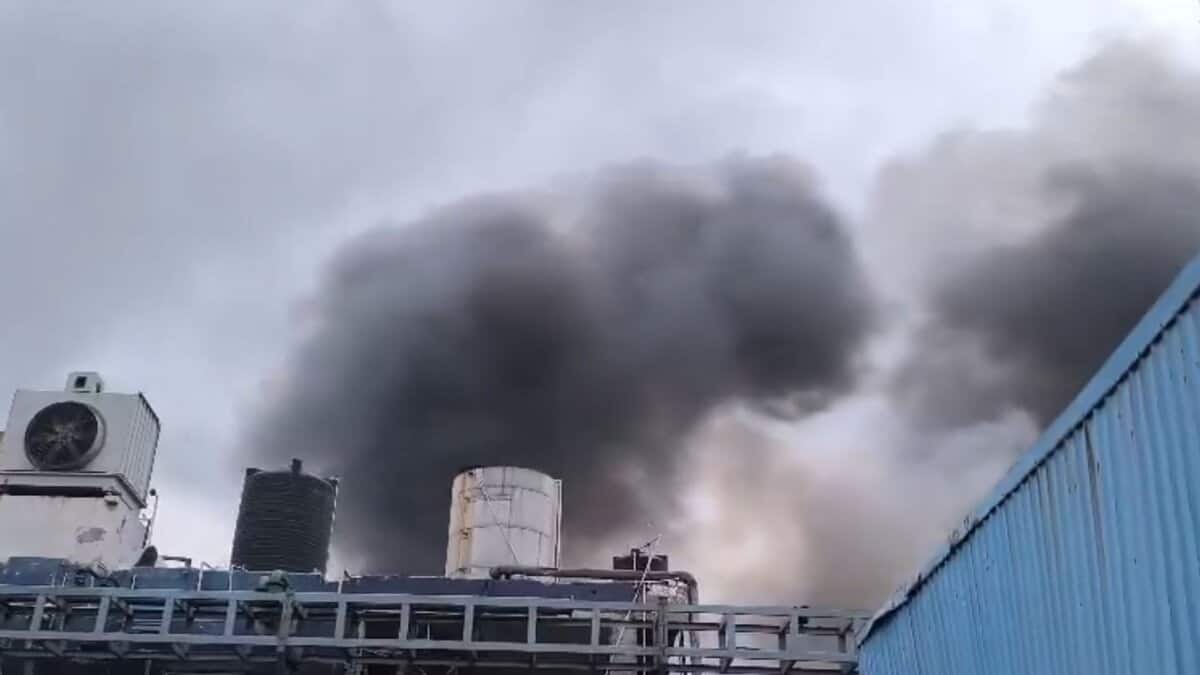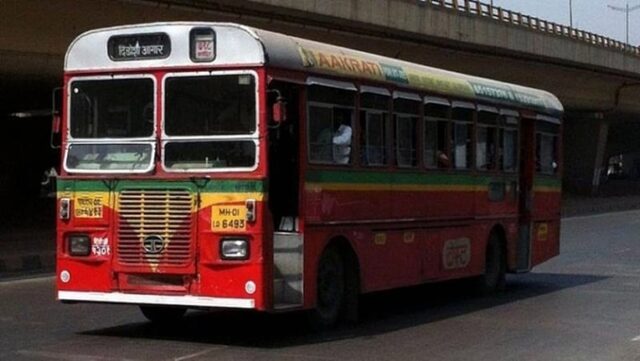The proposed fare hike for the Brihanmumbai Electric Supply and Transport (BEST) Undertaking bus services, which was recently approved by the BMC and is now awaiting final approval from the Mumbai Metropolitan Regional Transport Authority (MMRTA), has sparked a debate among transport experts. While some experts argue that the fare increase could help stabilize BEST’s financial condition, many others have raised concerns about the steep rise in fares, questioning its long-term impact on both commuters and the service quality.
The official stance from BMC and BEST is that the fare hike is necessary to improve the financial health of the BEST undertaking, which, in turn, would result in better service quality and more sustainable operations. According to BEST officials, the increased revenue from the fare hike will allow for the much-needed modernization of the fleet, upgrading of infrastructure, and enhancement of service efficiency. This, they believe, would lead to a smoother and more reliable public transport system for Mumbai residents. However, several transport experts have expressed skepticism about this assumption.
Hussain Indorewala, an activist and co-convenor of Aamchi Mumbai Aamchi BEST, stated, “It will be disastrous for commuters, and will cause a decline in ridership. Fare hikes were tried in 2017-18 and the result was a fall in ridership. Then in 2019-2020, the fares were reduced which increased ridership again.”
Sandhya Gokhale, another member of Aamchi Mumbai, Aamchi BEST, stated, “The proposed steep fare hike of Rs 10 for the minimum distance on BEST buses will be a burden on countless commuters. While railway passengers are subsidized by the government, it’s disheartening to see that the wealthiest municipal corporation in the country is unwilling to provide similar relief. This move, which risks further declining ridership, seems less about improving public transport and more about paving the way for privatization under the guise of financial necessity.”
According to AV Shenoy, co-founder of the Mumbai Mobility Forum, “This looks like an attempt to make passengers shift to the Metro, which is making losses. Presently, passengers are opting for BEST because of low fares and easy access. Instead of reducing Metro fares, the government is trying to increase BEST fares. It seems to have forgotten that the decision to lower fares, especially for AC buses, helped BEST improve its occupancy. Common citizens, especially from the lower-income group and lower-middle-income group classes, and students, etc., are going to be affected the most, as their transport expenses for last-mile connectivity are going to double. Why isn’t the BMC looking at BEST as a service similar to other services like water and sewage that it provides to citizens at subsidized rates?”
Similarly, Vidyadhar Date, senior journalist and transport expert, said, “People who are capable of paying don’t think twice before booking an Ola or Uber to any destination in Mumbai, or even traveling alone to Pune. But the rising cost of public transport hits the poor the hardest. A study by Dr. S.K. Modak, one of the few transport economists in India, clearly shows that an increase in bus fares leads to a fall in ridership, while a decrease in fares boosts it. When fares in Mumbai were reduced from Rs. 6 to Rs. 5, there was a significant increase in the number of passengers. This proves how even a single rupee matters greatly to the underprivileged in our country.”
“We see this every day—at Churchgate station, for instance, where one section of the urinal is free and another costs just Rs. 1. The queue is always longer for the free section. For many of us, bus and train fares are negligible, but for the poor, these small amounts make a huge difference. There are far better ways to raise revenue for public transport than increasing fares. Western cities implement congestion pricing and road parking charges effectively. If we did the same, we could generate thousands of crores, reduce road congestion, and allow buses to run more efficiently and make more trips,” said Date.
“Fewer cars on the road would mean faster bus services, improved revenues, and better public mobility. However, we must also be cautious about the ripple effect: an increase in bus usage may push up share auto and taxi fares unofficially, which would impact the middle class too. Right now, when a bus ride costs me Rs. 5, I don’t mind paying Rs. 10 for a share auto. But already, we see those fares being pushed to Rs. 12 or Rs. 15. This trend is only going to grow if we aren’t thoughtful about transport policy,” further added Date.
However, Rishi Agarwal, Director, Mumbai Sustainability Centre, said, “Raising fares is a step in the right direction. The current fare structure was unsustainable and led to losses for BEST, impacting the quality of service. With this adjustment, I hope BEST will now prioritize service improvements and ensure a better experience for commuters.”
Similarly, Raviraja, former committee member of BEST and former Leader of Opposition in the BMC, stated, “In the recent past, auto and taxi fares have been revised multiple times, BEST bus fares have remained unchanged. Considering the current financial condition of the BEST undertaking, a fare revision is necessary. However, at the same time, the BEST administration must also focus on improving service quality, including the frequency of buses.”








